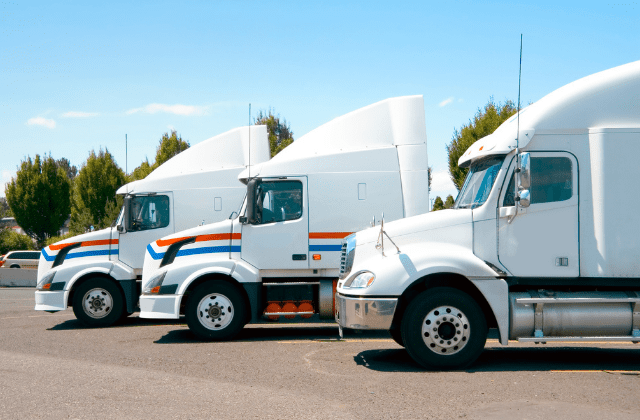
Physical Damage Insurance: Is Your Truck Protected?

Accidents happen every day. The best way to prepare for an accident is by having insurance. Truckers need many different coverages to stay compliant with Federal and State regulations. But, what coverage do you need to purchase to ensure YOUR vehicle is covered? Physical Damage Insurance for Truckers is the coverage you need.
What is Physical Damage Insurance?
Physical Damage Insurance is coverage for YOUR truck, with Comprehensive and Collision usually packaged inside Physical Damage Insurance. Truckers are not federally required to have Physical Damage coverage. However, if you have a lien on your truck, the lienholder might request you to obtain this coverage. But, anyone can purchase this coverage for their truck.
What does Physical Damage Cover?
Generally, there are two main components of a Physical Damage policy: Comprehensive and Collision coverage. While some policies have the option to purchase separately, most carriers include the coverage as one package policy.
What is the difference between the two, and what protection do they provide?
Comprehensive Insurance:
Comprehensive is coverage for damages that occurs outside of a collision accident.
Examples of Comprehensive damages:
- Natural occurrences: like hail, windstorm, earthquake, flood
- Theft
- Fire
- Vandalism
Collision Insurance:
Collision is coverage for damages to your unit caused by a collision with another object.
What Factors are Physical Damage Premium Determined by?
Several different factors come into play when determining the premium for a Physical Damage policy. In addition to the standard factors, like individual driving and accident history, there are two main premium factors insurance carriers consider.
- Location: The state, or in some cases zip code, the policy is written can be a determining factor in how the premium is calculated. For example, California is considered a high-risk state, meaning that there is a higher risk of an accident occurring. With insurance companies having to pay out more in claims within these areas, policies tend to have a higher rated premium. Therefore, this ensures the carrier will have adequate funding to pay the claims.
- Value of Unit: The Total Value of all units is another factor that determines the Physical Damage premium. Policies can be written on an Actual Cash Value, or ACV, basis or by Stated Amount provided by the insured. (However, even though your policy may be written on a Stated Value basis, the insurance company will almost always pay based on the Actual Cash Value of your equipment.) So, generally, a higher value will result in a higher premium.
Please note that the coverages and explanations of coverages listed here can differ with every Physical Damage policy depending on the policy purchased and insurance company requirements. Please discuss what is included and what can be added on, or endorsed, to your policy or quote with your current agent.
Need a quote on Physical Damage insurance? Click Here.




